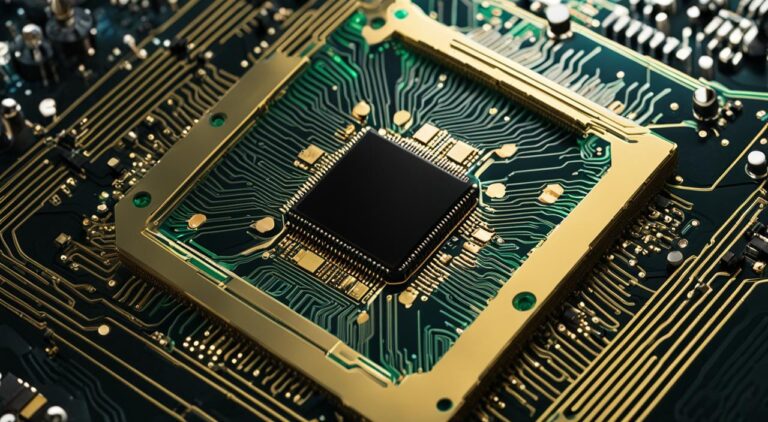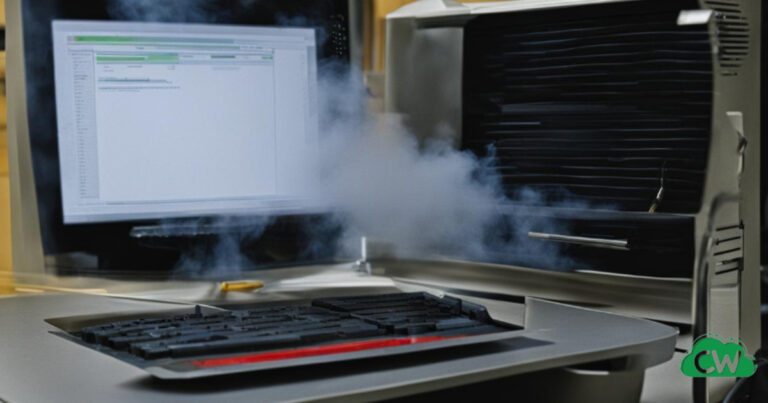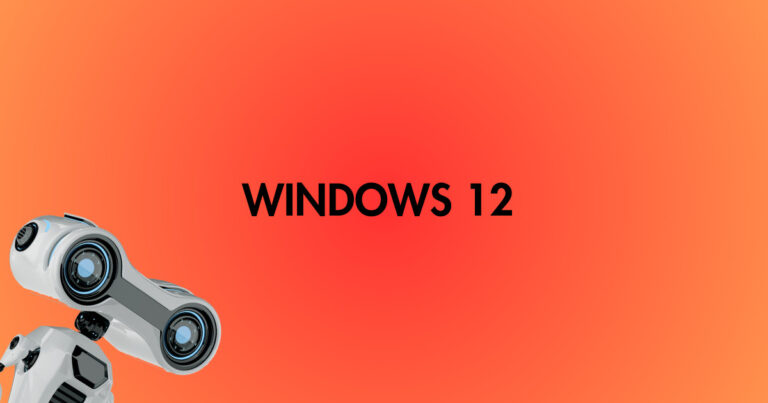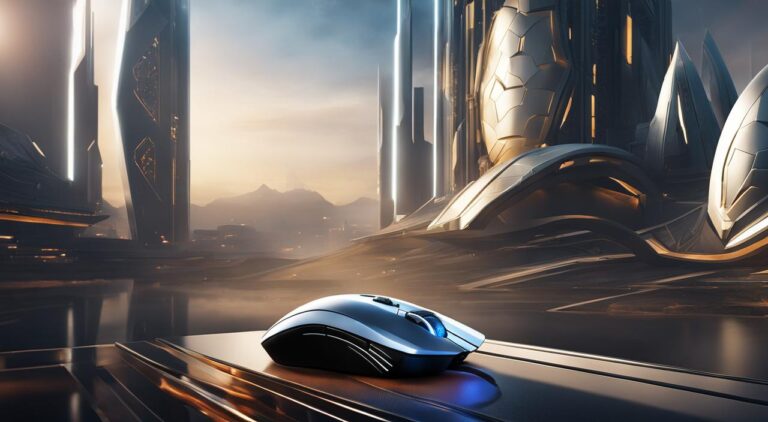Can I Use A Laptop SSD In A Desktop Computer?

Yes, you can use a laptop SSD (solid-state drive) in a desktop computer. Upgrading your desktop’s storage with a laptop SSD can offer improved performance and responsiveness. However, there are important factors to consider before making the switch.
Compatibility is key when using a laptop SSD in a desktop computer. Most laptop SSDs have the same form factor as desktop SSDs, making them physically compatible. It’s crucial to check the interface and connection interface of the SSD to ensure it is compatible with your desktop’s motherboard.
In addition to compatibility, consider the design factors of the SSD. Ensure the size and shape of the laptop SSD will fit properly in your desktop’s drive bay or other suitable installation location. Proper installation is essential for optimal performance.
Overall, using a laptop SSD in a desktop computer can be a viable option for upgrading and enhancing your computer’s storage capabilities. It’s important to research and ensure compatibility before making any changes to your system.
Types of SSDs and Compatibility
When it comes to choosing an SSD for your desktop computer, there are different types available on the market. Two popular options are SATA SSDs and PCIe SSDs.
SATA SSD
SATA SSDs, short for Serial ATA Solid-State Drives, are widely used and compatible with both desktops and laptops. They have a similar design to traditional hard drives, which makes them easy to install in most desktop computers. SATA SSDs usually come in the 2.5-inch form factor, providing a seamless fit in desktops.
PCIe SSD
On the other hand, PCIe SSDs, or Peripheral Component Interconnect Express Solid-State Drives, offer high-end storage performance for demanding tasks. However, they require a compatible motherboard with PCIe slots. PCIe SSDs come in different form factors, such as the M.2, which is smaller in size and requires compatible anchor points on the motherboard for installation.
When considering compatibility, it’s crucial to check the specifications and capabilities of your desktop computer. Ensure that your motherboard has the necessary connections and slots to support the type of SSD you choose.
Overall, both SATA SSDs and PCIe SSDs provide significant performance improvements over traditional hard drives, but their compatibility and design factors should be taken into account when making a decision.
Comparison between Laptop SSD and Desktop SSD
When it comes to SSD performance, both laptop SSDs and desktop SSDs offer significant speed and responsiveness improvements compared to traditional HDDs. With their fast read and write speeds, SSDs can greatly enhance the overall performance of your computer, allowing for faster boot times, quicker application launches, and smoother multitasking.
However, when considering cost and capacity, there are some differences between laptop SSDs and desktop SSDs. In terms of cost, both types of SSDs are generally priced similarly for lower capacities.
As the capacity increases, the cost differential between laptop and desktop SSDs becomes more noticeable. Desktop SSDs tend to have larger storage capacities available, making them a better option if you require ample storage space for large files, games, or multimedia content.
It’s important to assess your specific needs and budget when deciding between a laptop SSD and a desktop SSD. If you prioritize portability and are looking for an affordable option with decent storage capacity, a laptop SSD might be the right choice for you. On the other hand, if you need more storage space and are willing to invest in a higher capacity SSD, a desktop SSD would be the better option.
Key points to consider:
- Laptop SSDs and desktop SSDs offer significant performance improvements compared to HDDs.
- In terms of cost, both types of SSDs are generally priced similarly for lower capacities.
- Desktop SSDs typically have larger storage capacities available compared to laptop SSDs.
- Your specific needs and budget should guide your decision between a laptop SSD and a desktop SSD.

Overall, both laptop SSDs and desktop SSDs are excellent choices for upgrading your computer’s storage and improving performance. Consider your storage requirements, budget, and the form factor compatibility with your system when choosing the right SSD for your needs.
Upgrading to an SSD and Compatibility
When it comes to upgrading your computer’s storage to an SSD, there are a few important factors to consider before diving in. Firstly, compatibility is key.
Most computers with a regular SATA HDD can be upgraded with an SSD, but it’s always recommended to check the age and specifications of your computer to ensure it supports SSD upgrades.
Once you’ve determined compatibility, the next step is transferring your data from the old hard drive to the new SSD. This is where cloning software comes into play.
Cloning software allows you to create an exact replica of your hard drive, ensuring a seamless transition to the SSD without any data loss.
In addition to compatibility and cloning software, it’s also important to consider the form factor of the SSD.
Depending on the size and shape of the SSD, you may need to use adapters or enclosures for proper installation. Taking these factors into account will ensure a smooth and successful upgrade to an SSD, providing you with a significant performance boost for your computer.






